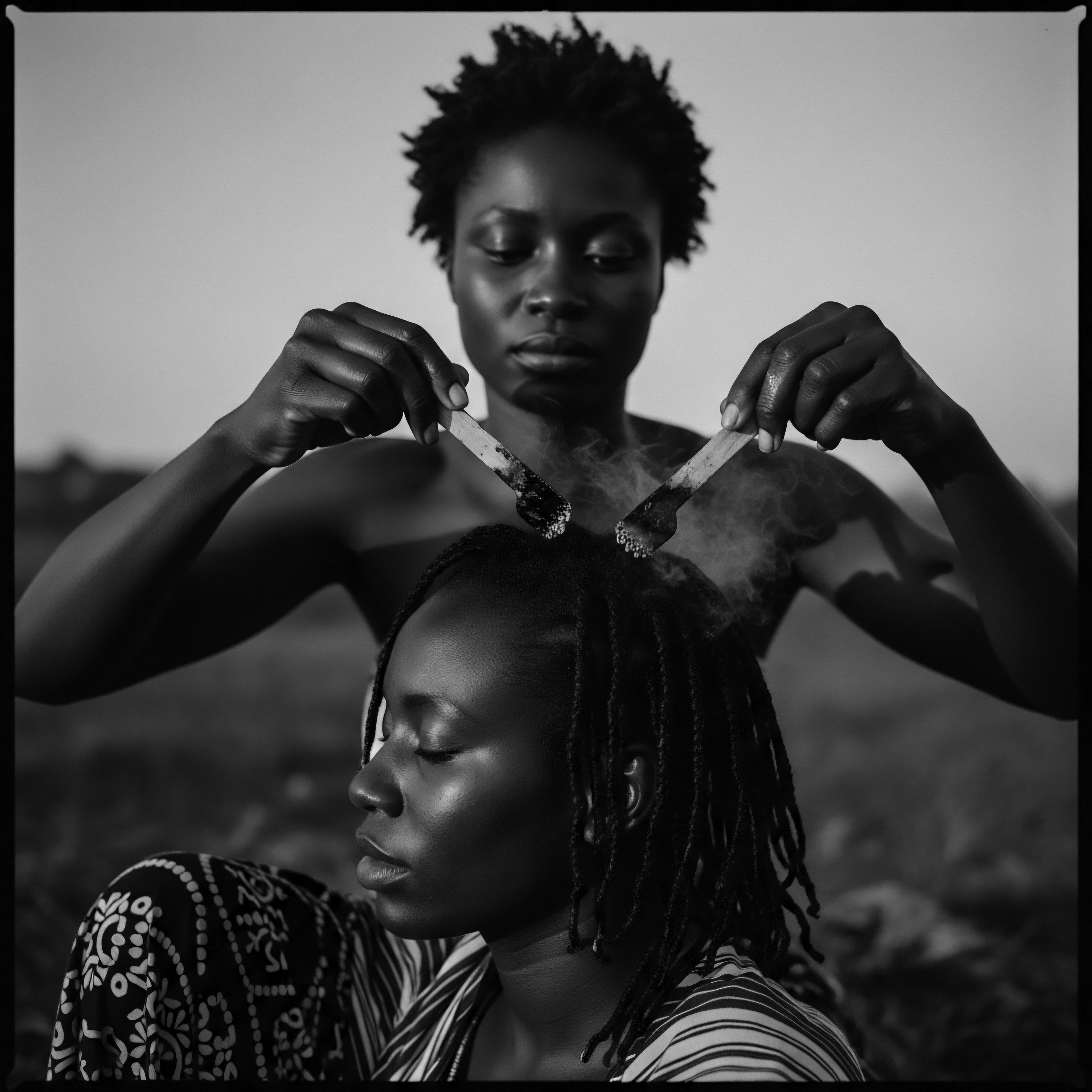
Fundamentals
The term Gentle Hair Purification describes a mindful approach to cleansing hair and the scalp, prioritizing the preservation of natural oils and the integrity of the hair’s delicate structure, particularly for textured hair. This concept stands in contrast to harsh, stripping methods that can compromise the scalp’s protective barrier and leave hair brittle. It speaks to a heritage of care that understands the profound connection between a healthy scalp and flourishing strands, a wisdom passed down through generations.
Rooted in ancestral practices, this cleansing philosophy is not simply about removing dirt and product buildup. It considers the hair and scalp as a living ecosystem, recognizing the importance of maintaining its natural balance. The idea of purification extends beyond the physical, touching upon spiritual and cultural aspects of hair care that have long been significant in Black and mixed-race communities.
For instance, the scalp maintains a unique microenvironment encompassing pH levels, sebum content, hair follicle density, oxygen, and nutrient access, all of which contribute to its distinctive microbiome. The aim of gentle hair purification is to support this intricate balance.
Gentle Hair Purification is the art of cleansing hair and scalp with reverence, preserving natural oils and the inherent strength of textured strands, a practice steeped in ancestral wisdom.
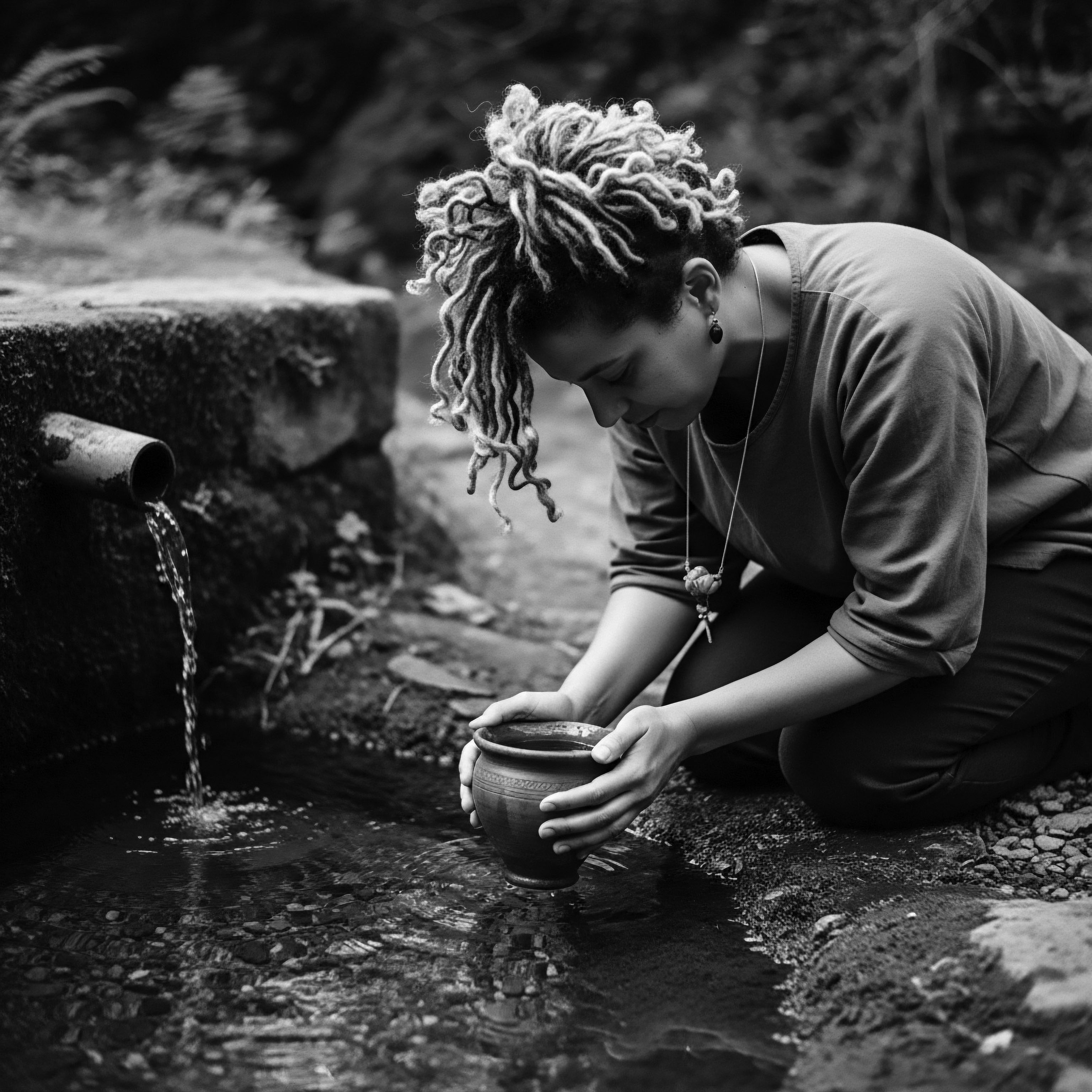
Understanding the Basic Principles
At its foundation, Gentle Hair Purification involves selecting cleansing agents that are mild and do not strip the hair of its essential moisture. This often means opting for products free from harsh sulfates, which can be overly aggressive on coils and kinks. The intent here is to cleanse effectively without causing undue dryness or irritation. This gentle process allows the hair’s natural oils, known as sebum, to distribute along the hair shaft, providing inherent lubrication and protection.
A key aspect of this approach is the recognition that Afro-textured hair, due to its unique coiling patterns, tends to be drier than other hair types, making harsh cleansers particularly detrimental. The coiled structure of textured hair means that natural oils struggle to travel down the hair shaft as effectively, leaving the ends more vulnerable to dryness and breakage.
Traditional care routines, observed over centuries, intuitively understood this need for tenderness. They often employed natural substances and techniques that cleansed while conditioning, ensuring the hair remained supple and strong.
- Minimal Stripping ❉ Focus on removing impurities without disrupting the hair’s inherent moisture balance.
- Scalp Health ❉ Acknowledging the scalp as the foundation for healthy hair growth, demanding careful, non-irritating cleansing.
- Ingredient Awareness ❉ Prioritizing naturally derived or mild synthetic components over aggressive chemicals.
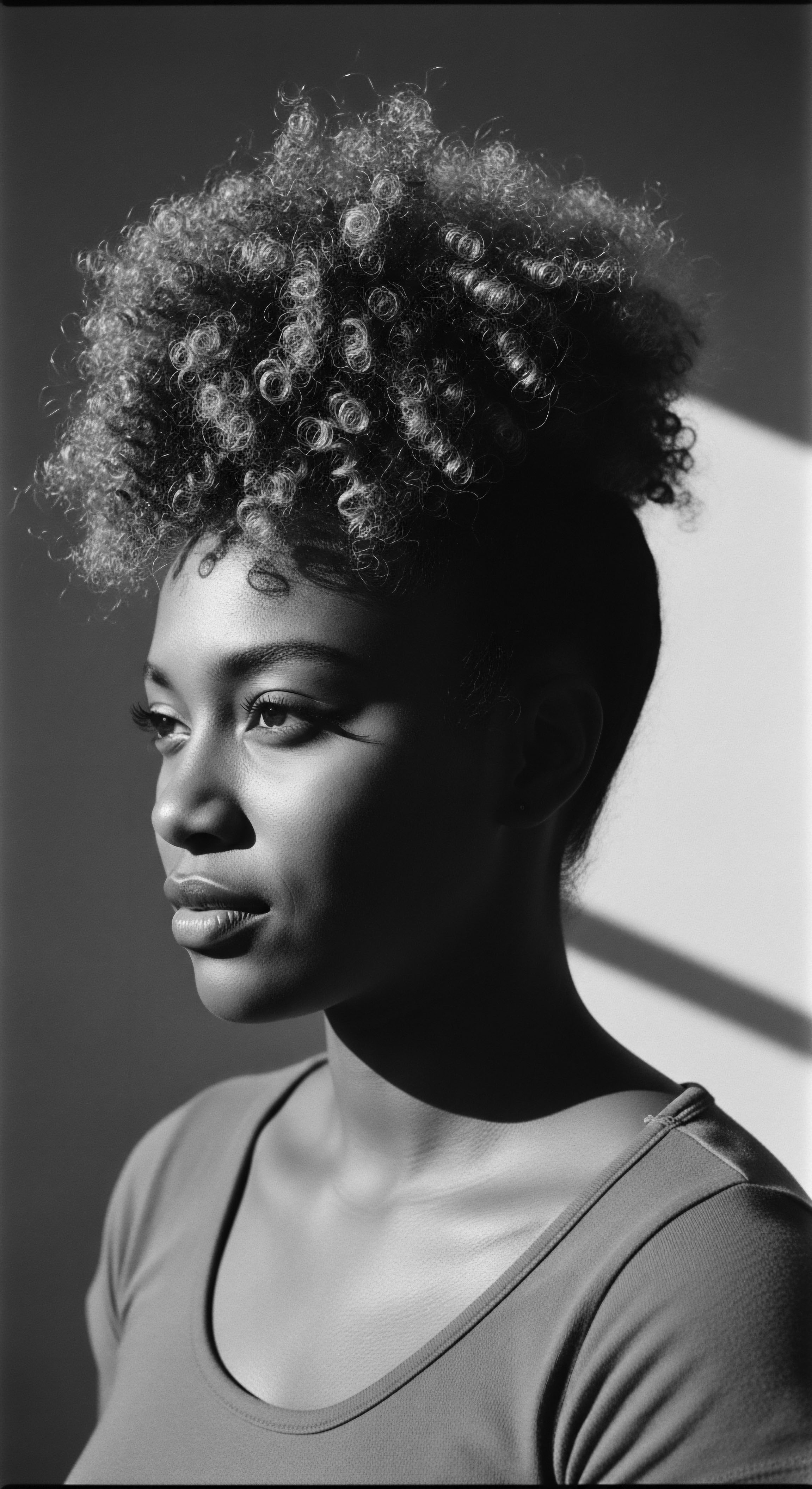
Common Misconceptions Addressed
A frequent misconception is that true cleanliness requires a lathering, stripping sensation. This perspective often derives from conventional Western haircare norms, which have historically promoted products designed for straighter hair types. For textured hair, this can be counterproductive. Harsh cleansers might lead to a feeling of “squeaky clean,” yet this often signifies the removal of vital lipids, leaving the hair susceptible to damage.
Another prevalent idea is that daily washing is universally beneficial. While some hair types may tolerate or even benefit from frequent cleansing, for many with textured hair, this can lead to excessive dryness and breakage. Gentle Hair Purification champions a less frequent, more intentional cleansing schedule, allowing the scalp’s natural processes to function optimally. This rhythm of care is deeply connected to ancestral practices that often involved weekly or bi-weekly rituals, rather than daily routines.
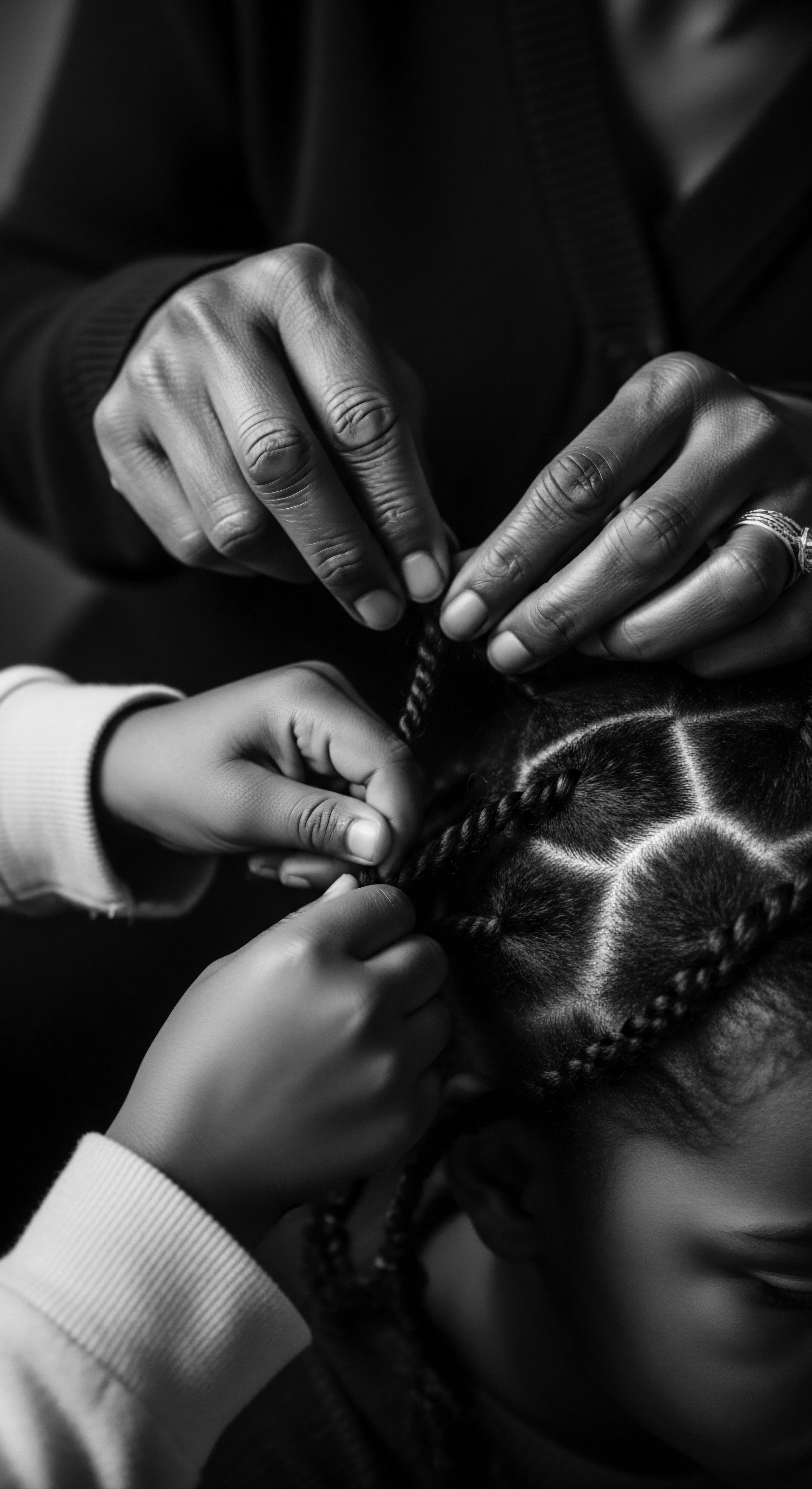
Intermediate
Moving beyond basic definitions, Gentle Hair Purification delves into the intricate interplay between historical hair care practices, the biological structure of textured hair, and the enduring significance of these traditions in Black and mixed-race communities. The concept extends beyond mere product choice, encompassing the very philosophy of how one engages with their hair, understanding its heritage and unique needs.
The historical reverence for hair in African cultures provides a crucial backdrop. Hair was not simply an adornment; it served as a powerful symbol of identity, status, spirituality, age, and tribal affiliation. Elaborate hairstyles communicated a wealth of information, signifying an individual’s place within society. These deep cultural meanings informed every aspect of hair care, including cleansing.
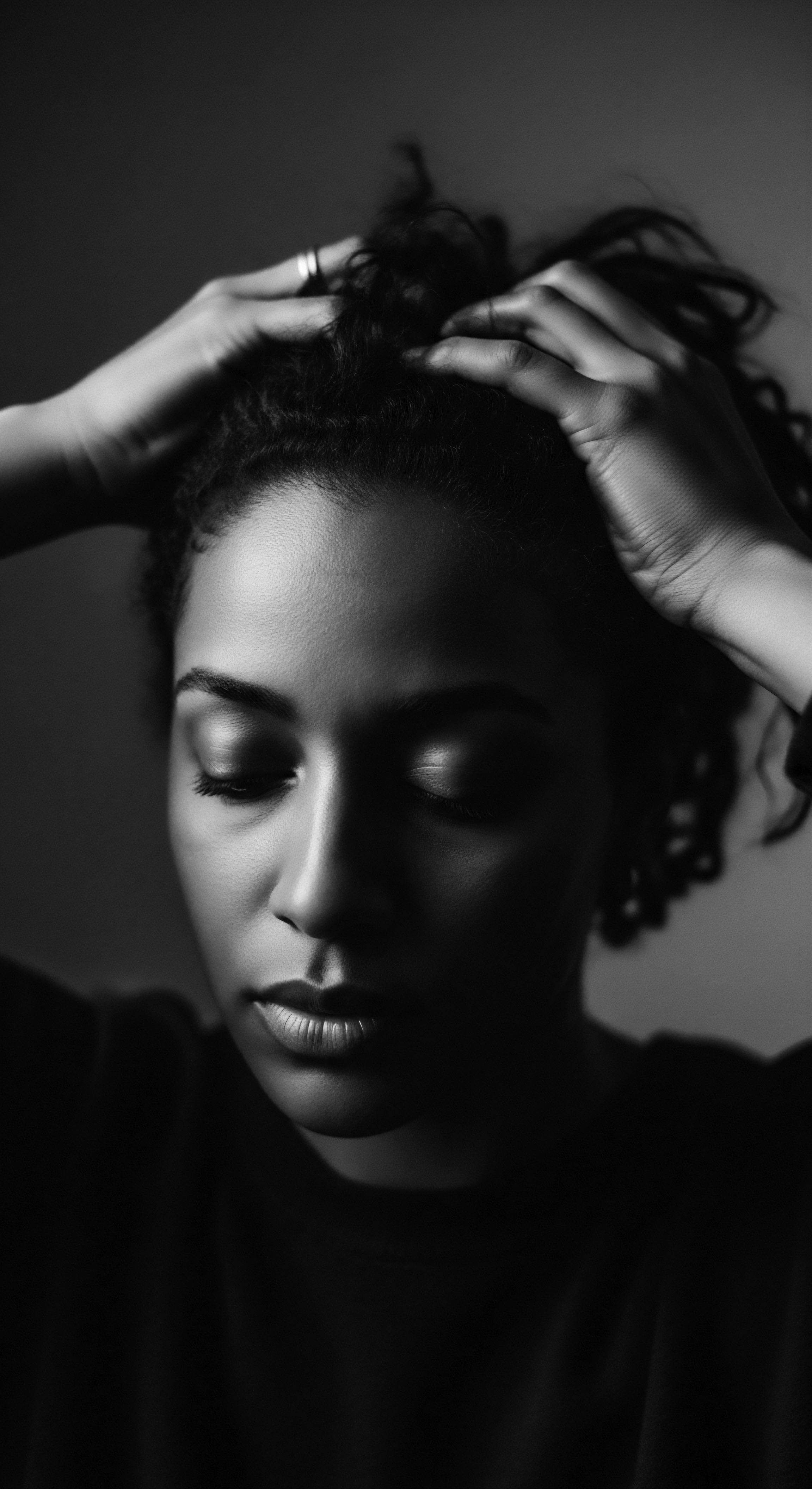
The Hydrolipidic Barrier and Hair’s Vulnerability
Central to understanding Gentle Hair Purification is the concept of the Hydrolipidic Barrier. This thin, protective film on the scalp, composed of sebum, water, and lipids, acts as a natural defense system, safeguarding against environmental irritants, retaining moisture, and maintaining the scalp’s delicate pH level. For textured hair, which is inherently more prone to dryness due to its coiled structure, preserving this barrier is paramount. Damage to the hydrolipidic barrier can lead to dryness, itchiness, irritation, and conditions such as dandruff or scalp eczema.
Traditional African hair care methods, often involving natural oils, butters, and plant-based cleansers, instinctively worked to support this barrier. They understood, perhaps without modern scientific terms, the importance of nourishing the scalp and hair to maintain their resilience. For instance, the Himba people of Namibia traditionally coat their hair with otjize, a mixture of butterfat and ochre, a practice that serves to protect and moisturize the hair in their arid environment (Reddit, 2021).
The essence of Gentle Hair Purification lies in honoring the scalp’s delicate lipid barrier, a biological testament to ancestral wisdom that recognized the scalp as the sacred ground for hair’s vitality.
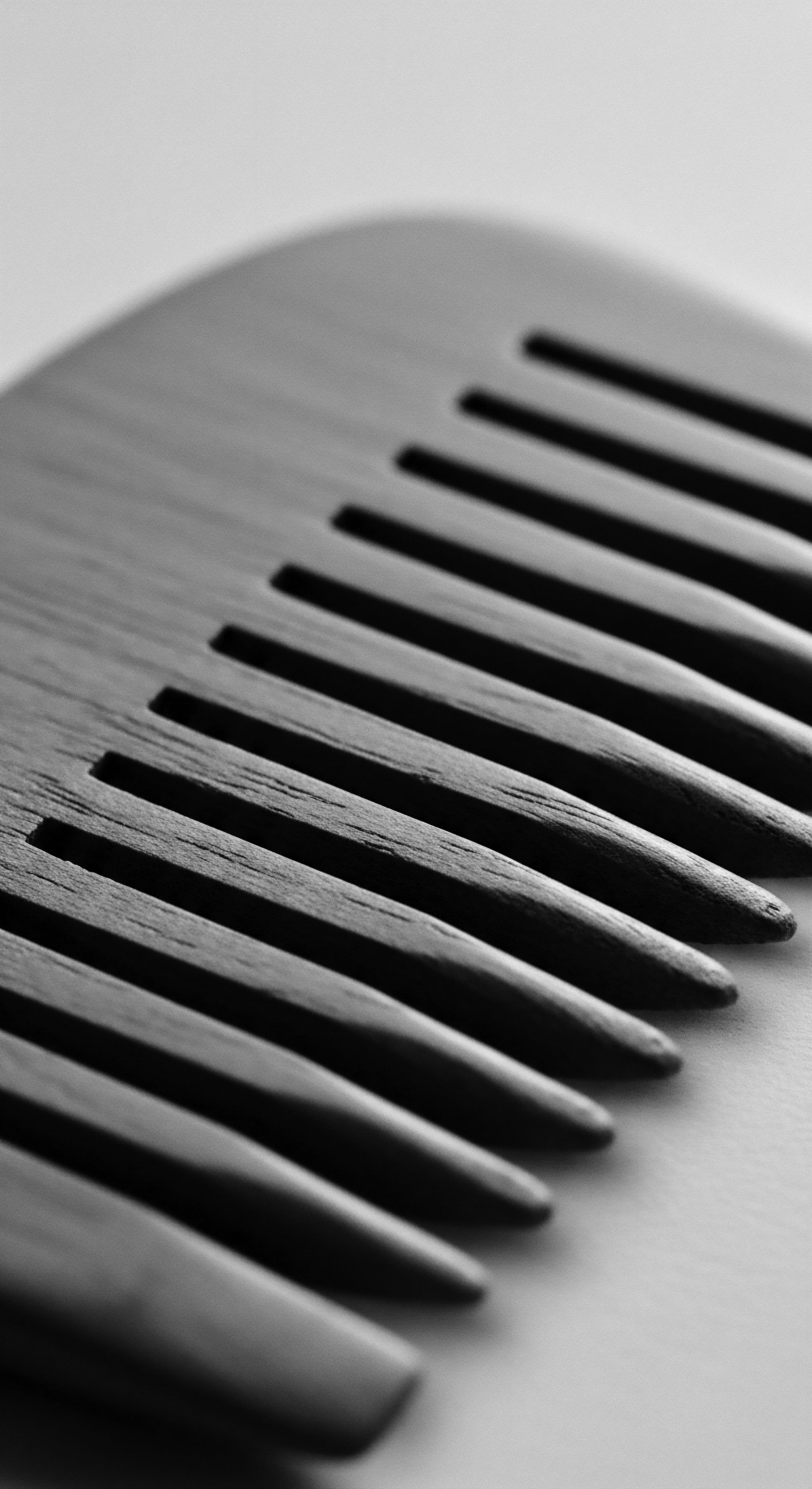
Cleansing Agents ❉ A Cultural Lineage
The evolution of cleansing agents for textured hair offers a powerful illustration of Gentle Hair Purification’s trajectory. Historically, communities relied on plant-based materials for cleansing. In West Africa, African Black Soap, known as ‘ose dudu’ in Nigeria or ‘alata simena’ in Ghana, represents a time-honored cleansing tradition.
This soap, crafted from the ashes of locally harvested plants like plantain skins and cocoa pods, combined with nourishing oils such as palm oil and shea butter, provides a gentle yet effective cleanse. It has been used for centuries, passed down through generations, and offers a natural alternative to synthetic surfactants.
The traditional creation of African Black Soap involves sun-drying and burning plant materials to produce mineral-rich ash, which is then mixed with various oils and hand-stirred until it solidifies. This artisanal method ensures that the soap retains natural oils and plant nutrients, making it particularly beneficial for cleansing without stripping the hair.
| Aspect Primary Cleansing Agents |
| Traditional Gentle Hair Purification Plant ashes (e.g. African Black Soap from cocoa pods, plantain skins), clays (e.g. Rhassoul clay), natural saponins from herbs. |
| Modern Gentle Hair Purification Sulfate-free shampoos, co-washing conditioners, micellar waters, lipid-replenishing cleansers. |
| Aspect Emphasis |
| Traditional Gentle Hair Purification Holistic scalp and hair nourishment, communal rituals, cultural significance. |
| Modern Gentle Hair Purification pH balance, microbiome preservation, targeted nutrient delivery, scientific validation of natural ingredients. |
| Aspect Key Ingredients |
| Traditional Gentle Hair Purification Shea butter, coconut oil, palm oil, plantain skins, cocoa pods, specific herbs (e.g. Chebe powder). |
| Modern Gentle Hair Purification Ceramides, fatty acids, plant-derived oils, prebiotics, panthenol. |
| Aspect Preparation/Application |
| Traditional Gentle Hair Purification Often handmade formulations, diluted solutions, gentle massage, often followed by oiling. |
| Modern Gentle Hair Purification Commercially formulated products, often diluted, careful scalp massage, follow-up with acidic rinses or rich conditioners. |
| Aspect Both approaches share a fundamental respect for preserving hair's inherent moisture and the scalp's well-being, reflecting an enduring lineage of care. |
Other traditional cleansing methods included various clays, like bentonite or rhassoul, which possess detoxifying properties that absorb excess oils and impurities without excessive stripping. Apple cider vinegar rinses also served to clarify and balance the scalp’s pH. These practices, honed over centuries, underscore a deep, intuitive understanding of hair’s needs.
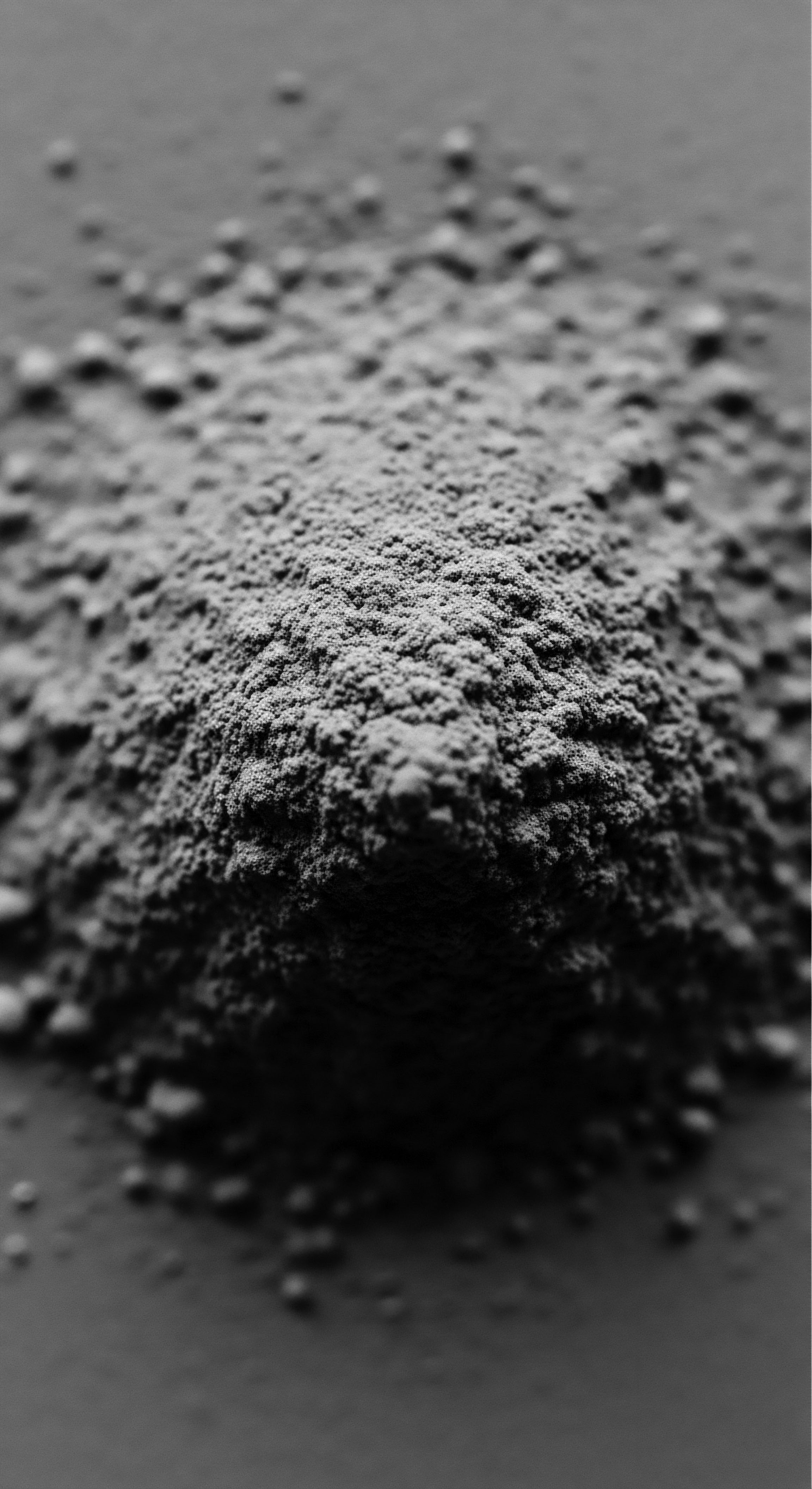
Ritual and Community in Cleansing
Beyond the chemical composition, the act of cleansing hair in ancestral communities was often a communal ritual, particularly among women. These were moments for sharing stories, wisdom, and strengthening social bonds. The intimate act of mothers braiding their daughters’ hair or communal gatherings for hair care fostered a sense of connection and belonging. This communal aspect is an inseparable element of the heritage of Gentle Hair Purification, emphasizing that hair care is not just a solitary act but a shared experience, a living archive of collective knowledge.
This collective wisdom often informed the best practices for care, such as the avoidance of over-washing, which would inherently respect the hair’s natural moisture. The emphasis was always on maintaining health and promoting growth, rather than achieving a superficial, short-lived cleanliness.
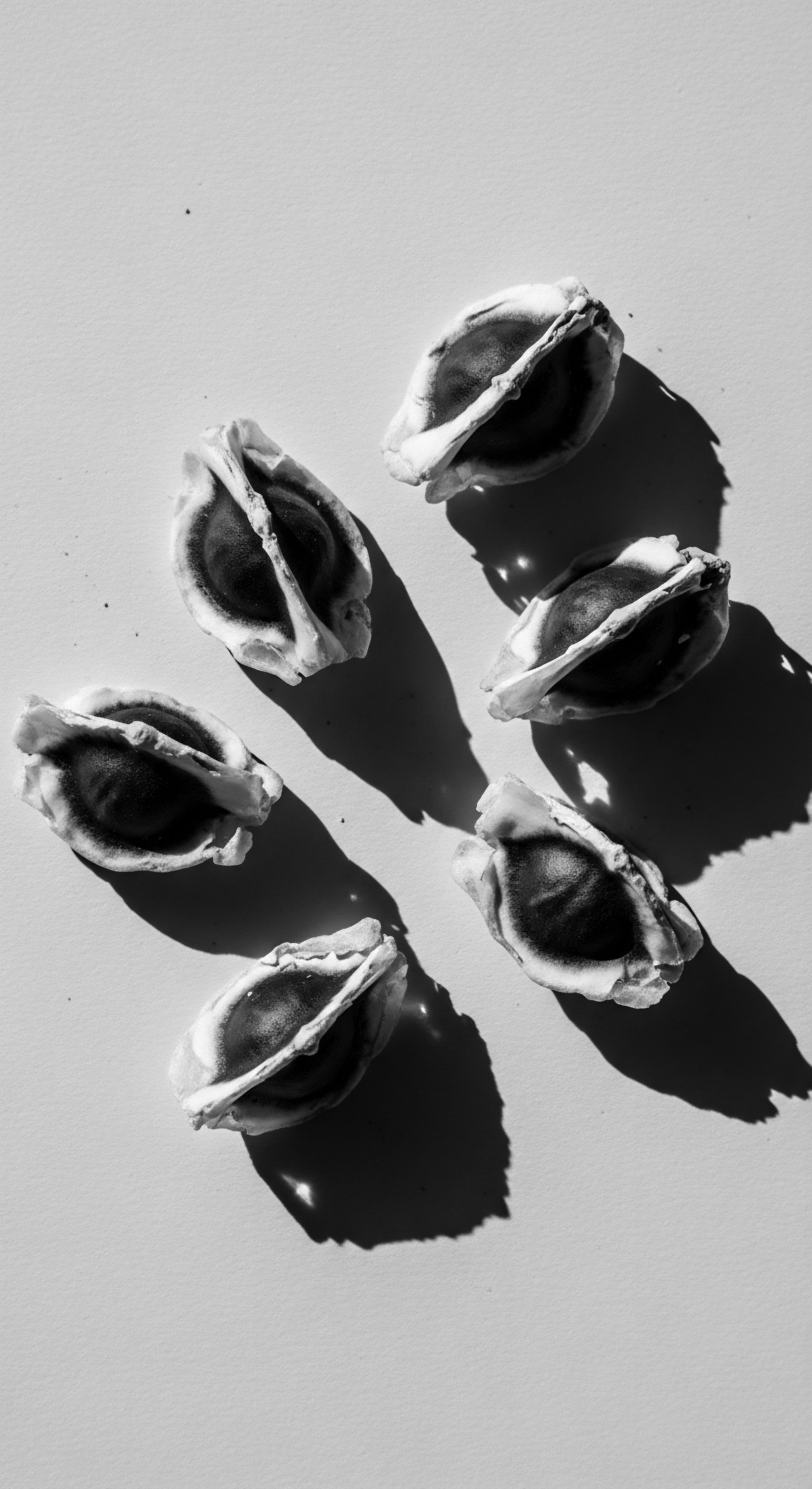
Academic
The academic meaning of Gentle Hair Purification refers to a scientifically informed, culturally sensitive paradigm of hair and scalp care that prioritizes the maintenance of the dermal barrier and the hair’s structural integrity through non-aggressive cleansing methodologies. It is an approach that acknowledges the unique biological and structural characteristics of textured hair, particularly in Black and mixed-race populations, while simultaneously honoring the historical and cultural care practices that have sustained these hair types for centuries. This comprehensive understanding moves beyond simplistic product application, calling for a nuanced consideration of ingredient science, scalp physiology, and the sociocultural context of hair.
The crux of Gentle Hair Purification rests upon the principle of preserving the Hydrolipidic Film and the Stratum Corneum of the scalp. These epidermal layers act as a vital protective barrier, preventing trans-epidermal water loss (TEWL) and defending against environmental irritants, allergens, and microbial imbalances. Textured hair, characterized by its elliptical cross-section and numerous bends along the fiber, is inherently more susceptible to dryness and mechanical damage compared to straight hair.
The helical structure of coily hair makes it more difficult for sebum to travel down the hair shaft, leaving the ends particularly vulnerable to dehydration. Therefore, cleansing agents that aggressively strip the scalp’s natural lipids can exacerbate dryness, compromise the barrier function, and potentially trigger inflammatory responses or conditions such as seborrheic dermatitis and dandruff.
A deeper understanding of Gentle Hair Purification reveals a scientific validation of ancestral practices, demonstrating how respectful cleansing fortifies the very fabric of hair and scalp health.
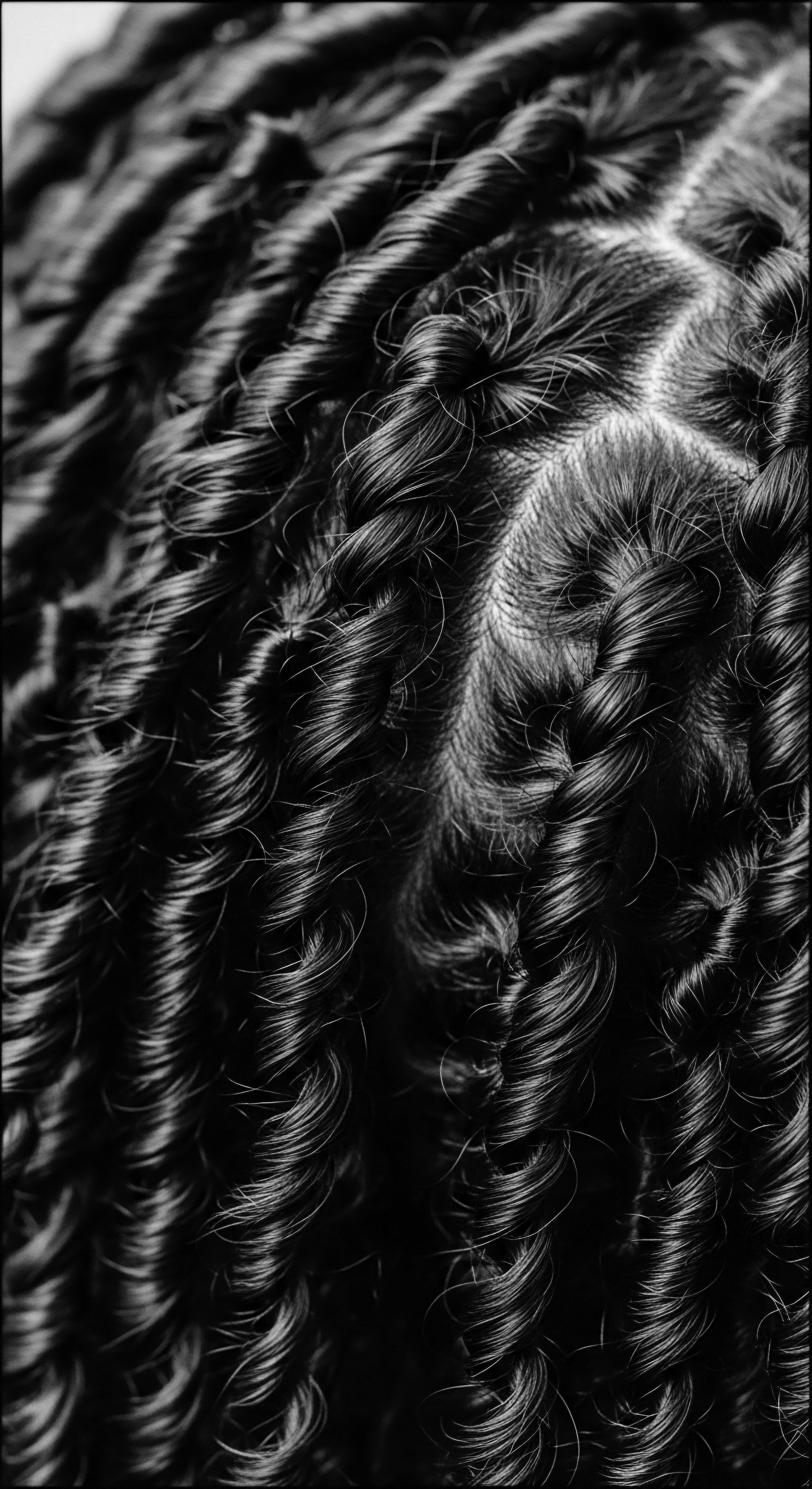
The Biomechanics of Gentle Cleansing
From a biomechanical perspective, Gentle Hair Purification advocates for cleansing agents that minimize disruption to the hair’s cuticle layer. The cuticle, composed of overlapping scales, serves as the hair’s primary defense against damage and moisture loss. Harsh surfactants, often found in conventional shampoos, possess a high anionic charge that can excessively lift the cuticle, leading to increased friction, tangling, and subsequent breakage. Gentle Hair Purification employs surfactants with milder detergency, or relies on naturally derived saponins and emollients that cleanse without excessive swelling of the hair shaft.
For instance, traditional African Black Soap, while often exhibiting an alkaline pH (ranging from 7-10) in its raw form, often contains a significant proportion of unsaponified oils such as shea butter and coconut oil. These unsaponified lipids function as conditioning agents during the cleansing process, mitigating the potential for stripping and helping to retain moisture. This demonstrates a remarkable ancestral biochemical engineering, where the cleanser itself also delivered conditioning benefits.
Modern adaptations of this principle involve ❉
- Sulfate-Free Formulations ❉ These replace aggressive sulfates with milder alternatives like sodium lauroyl methyl isethionate or cocamidopropyl betaine, reducing harshness.
- Co-Washing ❉ The practice of using a conditioning cleanser instead of a traditional shampoo, which focuses on conditioning while offering a light cleanse, particularly beneficial for very dry hair.
- Micellar Technology ❉ Utilizing micelles to gently attract and lift impurities without disturbing the lipid barrier, offering a non-stripping cleanse.
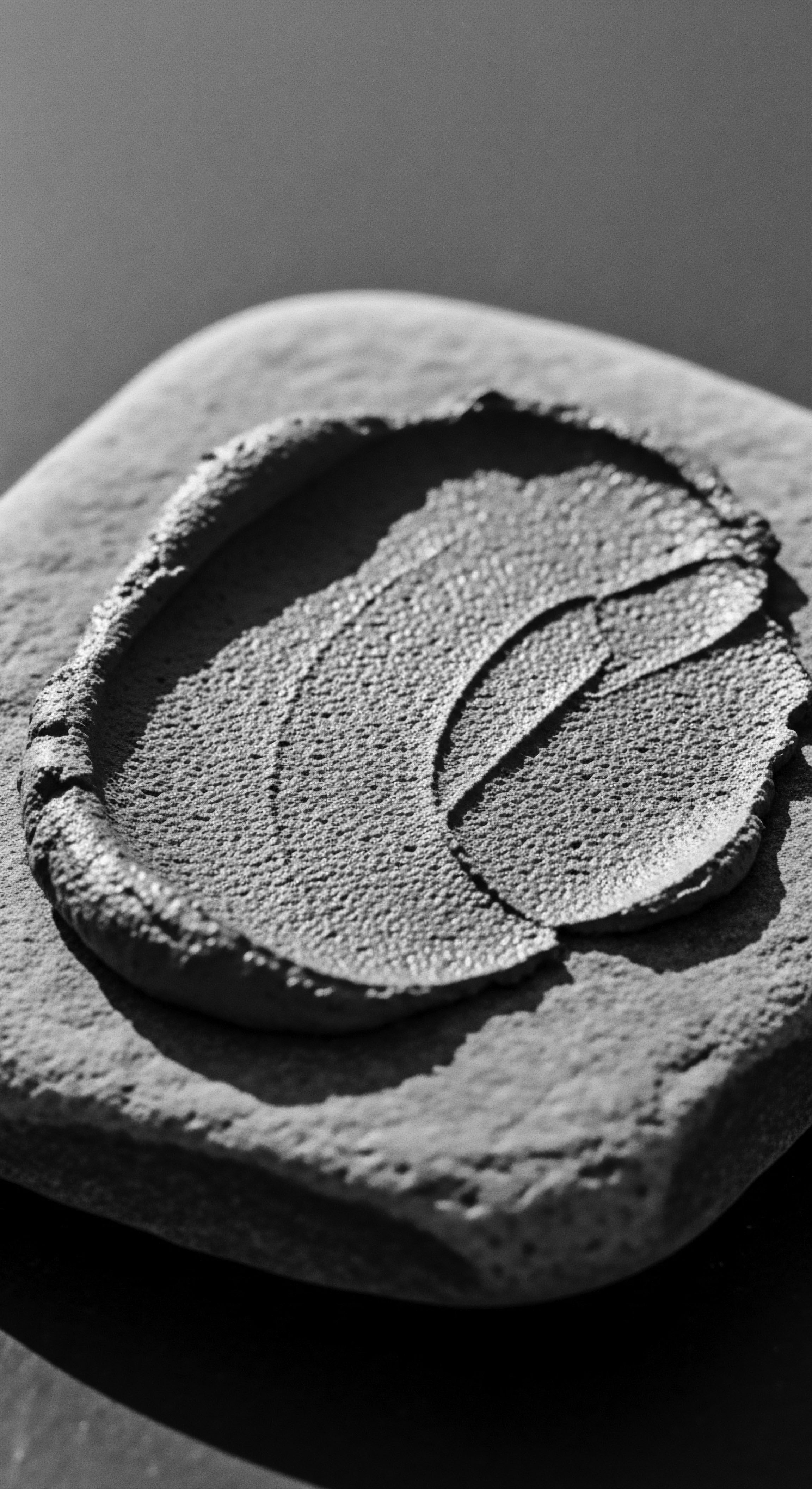
The Microbiome and Scalp Homeostasis
A burgeoning area of research connects Gentle Hair Purification to the scalp’s intricate microbiome. The scalp hosts a diverse community of microorganisms, and maintaining a balanced microbiome is crucial for overall scalp health and optimal hair growth. Dysbiosis, or an imbalance in this microbial community, has been linked to conditions such as dandruff and scalp sensitivity.
Traditional cleansing practices, especially those utilizing fermented plant materials or naturally occurring saponins, may have inherently supported a healthy scalp microbiome without explicit knowledge of its existence. The natural saponins and antioxidants present in ingredients like African Black Soap gently remove buildup while protecting beneficial bacteria, rather than stripping the scalp’s microbial ecosystem. Current scientific inquiry now seeks to validate and expand upon these ancestral insights, with formulations incorporating prebiotics to nourish beneficial microbes and biosurfactants that cleanse without disrupting microbial diversity.
A compelling case study illuminating the connection between ancestral practices and scalp health is the enduring use of various plant species in African hair care. Ethnobotanical studies reveal that numerous plants are traditionally used for hair cleansing, treatment, and scalp health across the continent. For example, in parts of Ethiopia, the pounded leaves of Ziziphus Spina-Christi (Christ’s Thorn Jujube) are mixed with water and applied to wet hair as a shampoo, specifically noted for its anti-dandruff properties. Similarly, the fresh leaves of Sesamum Orientale (sesame) are primarily used for hair cleansing and styling.
These practices demonstrate a sophisticated understanding of plant properties for targeted cleansing and scalp care, long before the advent of modern dermatological science. An epidemiological study notes that traditional hair care practices in women of African descent often involve cleansing routines ranging from several times a week to once monthly, with a strong emphasis on moisturizing to combat the innate dryness of textured hair (Roseborough & McMichael, 2009). This highlights a long-standing pattern of minimal, yet effective, cleansing designed to preserve moisture, a hallmark of Gentle Hair Purification.
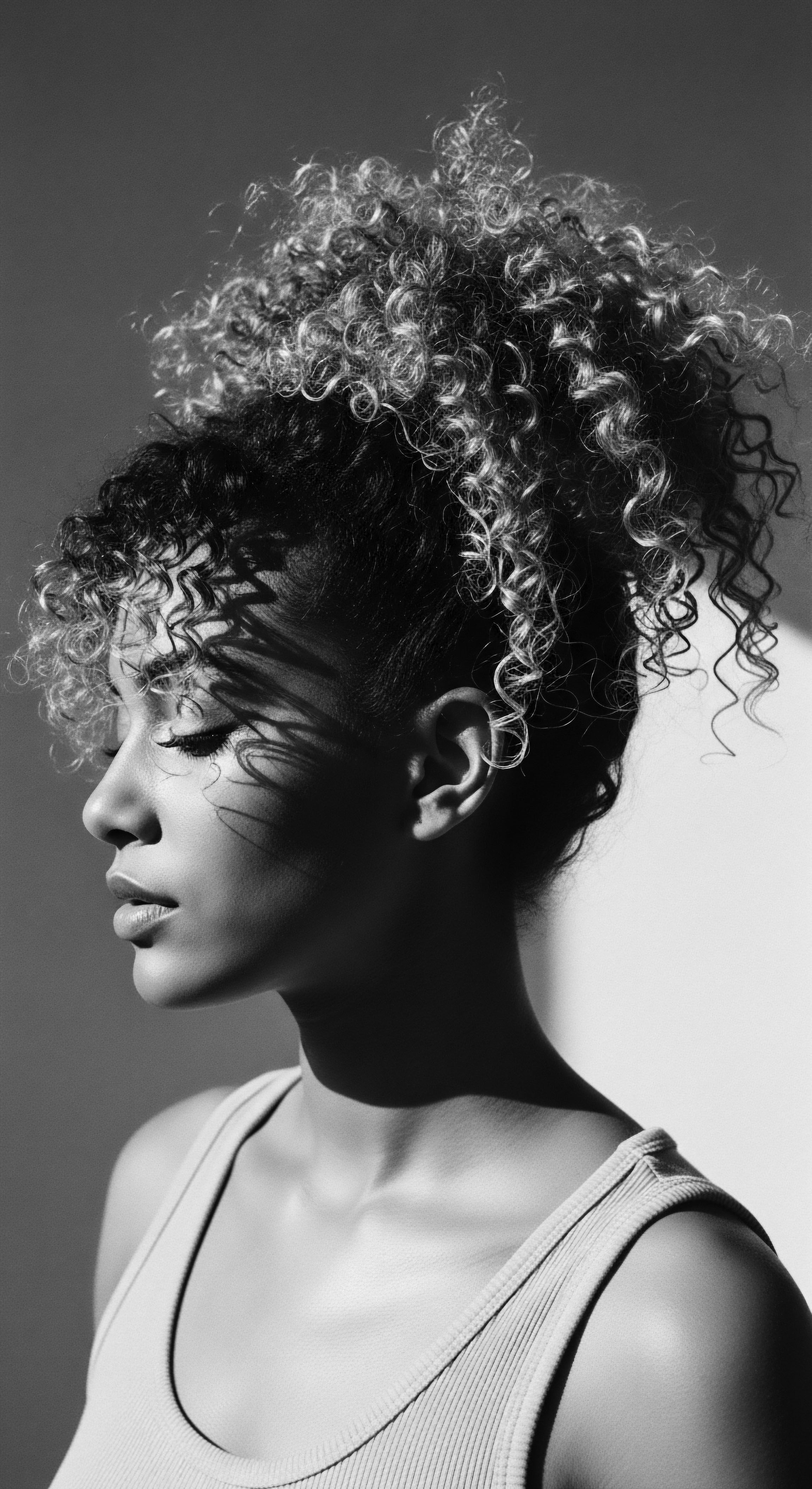
Socio-Cultural Implications and Future Directions
The academic exploration of Gentle Hair Purification extends beyond mere scientific efficacy to encompass its profound socio-cultural implications. The historical devaluation of Black hair textures, often forced into Eurocentric beauty standards through harsh chemical treatments like relaxers, underscored a systemic disregard for the inherent beauty and distinct needs of textured hair. Relaxers, for instance, permanently alter the hair’s disulfide bonds, making it more fragile and prone to breakage.
The resurgence of the natural hair movement represents a powerful reclamation of identity and a deliberate return to practices that respect and celebrate textured hair’s natural state. Gentle Hair Purification, within this context, becomes an act of cultural affirmation and self-care, a conscious choice to align modern practices with ancestral wisdom. It challenges outdated beauty norms and advocates for a more inclusive, informed understanding of hair health.
Future research in Gentle Hair Purification should investigate the precise biochemical mechanisms by which traditional plant-based cleansers affect the scalp microbiome and the hair shaft. Further studies could explore the optimal pH ranges for textured hair cleansing, recognizing that while the scalp’s natural pH is slightly acidic (4.5-5.5), some traditional alkaline cleansers, when used correctly and followed by acidic rinses, can still provide beneficial effects. The emphasis should be on synergistic formulations that both cleanse and fortify, drawing lessons from the ancestral holistic approach to hair wellness.
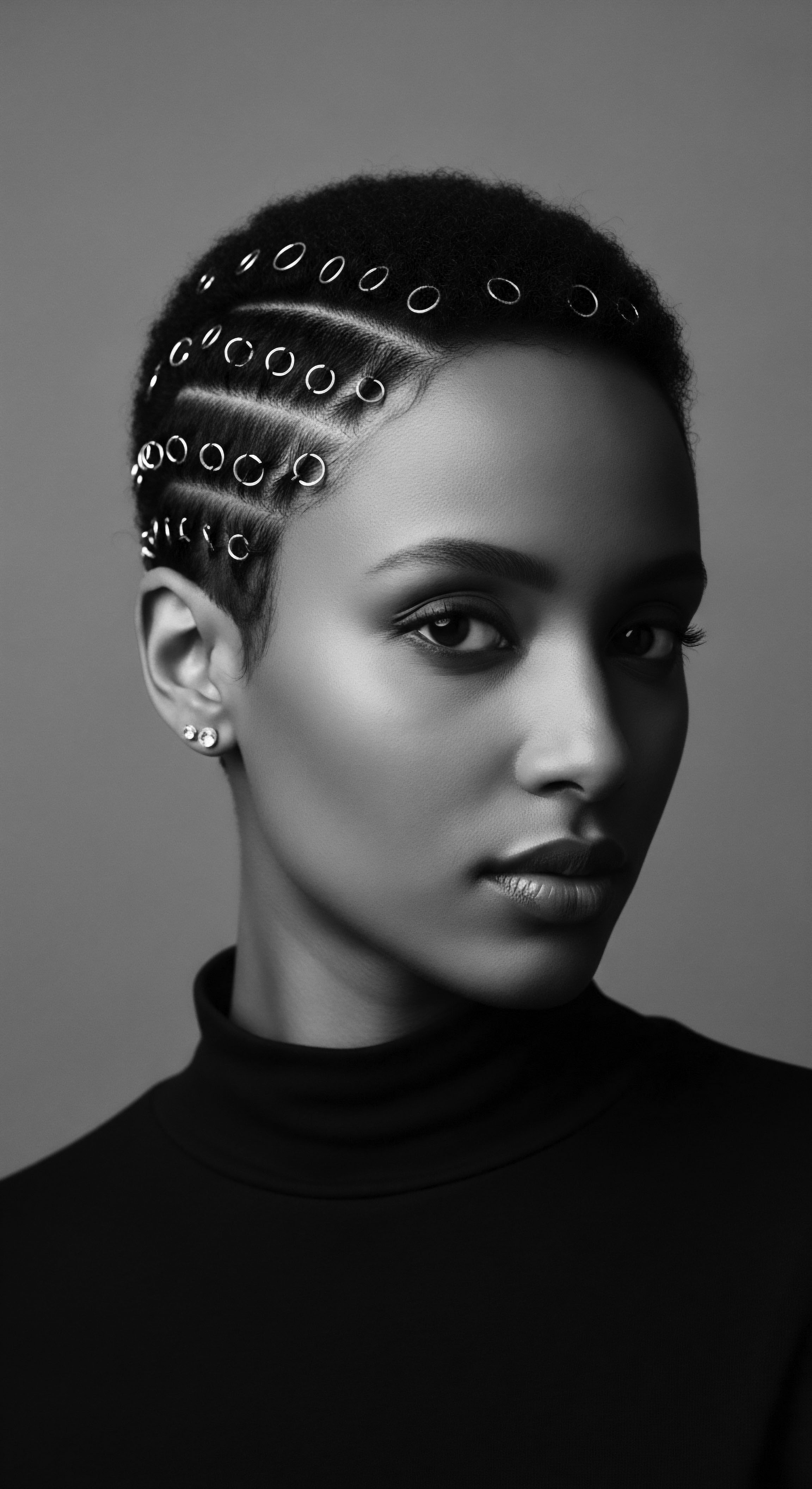
Reflection on the Heritage of Gentle Hair Purification
The journey through Gentle Hair Purification is a profound meditation on the enduring spirit of textured hair, its deep heritage, and the living traditions of care that have nourished it across millennia. It reminds us that hair is not merely keratin; it is a profound repository of ancestral wisdom, a testament to resilience, and a vibrant canvas of identity. From the ancient African hearths where natural plant ashes were transformed into cleansing balms to the contemporary laboratories that seek to understand the intricate biology of a coiled strand, a continuous thread of knowing links past to present.
The wisdom embedded in practices like crafting African Black Soap—a process that is as much communal ritual as it is practical endeavor—reveals a deep understanding of harmony with nature. These historical practices were not accidental; they were born from an intimate relationship with the land and its offerings, a profound attunement to what the hair and scalp truly needed to thrive. This gentle philosophy, passed down through the tender touch of hands engaged in communal hair care, echoes the very rhythm of life, emphasizing patient attention over aggressive intervention.
It speaks to a heritage that understood beauty as an extension of well-being, where external adornment was inseparable from internal vitality. The story of Gentle Hair Purification is, in essence, the soul of a strand speaking to us across generations, urging us to listen to the echoes of the source and to honor the unbound helix that carries our stories forward.
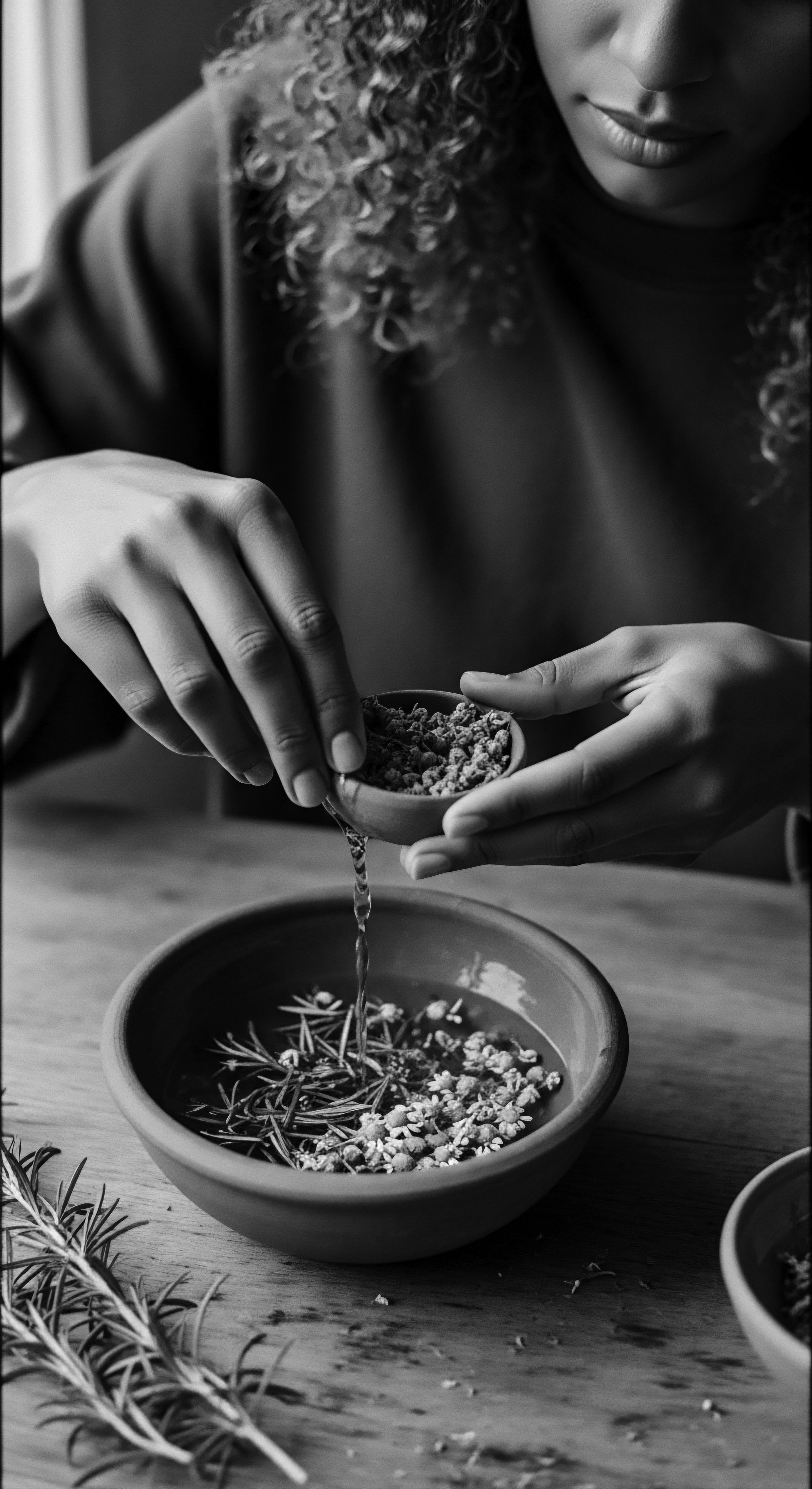
References
- Roseborough, I. E. & McMichael, A. J. (2009). Hair Care Practices in African-American Patients. Seminars in Cutaneous Medicine and Surgery, 28(2), 103–108.
- Sharaibi, O. J. Oluwa, O. K. Omolokun, K. T. Ogbe, A. A. & Adebayo, O. A. (2024). Cosmetic Ethnobotany Used by Tribal Women in Epe Communities of Lagos State, Nigeria. Journal of Complementary Medicine & Alternative Healthcare, 12(4), 555845.
- Dube, S. & Ndlovu, M. (2021). The cultural significance of hair in African culture. Okan Africa Blog .
- Omotos, A. (2018). The Cultural Significance of Hair in Ancient African Civilizations. Journal of Pan African Studies.
- White, L. (2000). Speaking with Vampires ❉ Rumor and History in Colonial Africa. University of California Press.
- Roseborough, I. E. & McMichael, A. J. (2009). Hair Care Practices in African-American Patients. Seminars in Cutaneous Medicine and Surgery, 28(2), 103–108.
- MDhair. (2025). Damaged scalp barrier, dandruff and hair loss.
- Happy Cappy. (2025). Understanding the Hydrolipidic Protective Barrier.
- Faida Naturals. (2023). African Black Soap Hair Wash.
- The Love of People. (2023). 9 Benefits Of African Black Soap For Hair.
- EcoFreax. (2023). African Black Soap ❉ The Natural Wonder for Skin and Hair.
- Baraka Shea Butter. (n.d.). 3 Benefits Of African Black Soap For Hair (Detailed).
- Nku Naturals. (2023). African Black Soap Hair and Scalp Treatment.
- Afriklens. (2024). African Hairstyles ❉ Cultural Significance and Legacy.
- Delor Store 95. (n.d.). African Black Soap Body Wash.
- Safo Hair. (2024). Embracing the Roots ❉ Hair Care Rituals in African Cultures and the Val.
- DermNet. (n.d.). Hair care practices in women of African descent.
- Amazon.in. (n.d.). Organic African Black Soap Shampoo for Scalp Health, Hair Growth & Dandruff Control.
- MDPI. (2025). Cosmetopoeia of African Plants in Hair Treatment and Care ❉ Topical Nutrition and the Antidiabetic Connection?.
- ResearchGate. (2024). Ethnobotany of traditional plant cosmetics utilized by women; A study in Northern Ghana.
- ResearchGate. (n.d.). Hair Care Practices in African-American Patients.
- Library of Congress. (n.d.). Heavy is the Head ❉ Evolution of African Hair in America from the 17th c. to the 20th c.
- The Gale Review. (2021). African Hairstyles – The “Dreaded” Colonial Legacy.
- Smith Scholarworks. (n.d.). Black women’s natural hair care communities ❉ social, political, and cultural implications.
- Regirl. (2021). 7 Simple Ways To Wash Your Natural Hair Without Shampoo.
- British Museum. (n.d.). Hairdressing In The Acacus – African Rock Art.
- Africa Imports. (n.d.). Traditional African Secrets For Long And Healthy Hair.
- INCIDecoder. (2020). Shea Moisture African Black Soap Deep Cleansing Shampoo.
- L’Oréal Professionnel. (n.d.). Lipid Shield Pre-Treatment | Scalp Comfort.
- Happy Cappy. (2025). Understanding the Hydrolipidic Protective Barrier.
- MDhair. (2025). Damaged scalp barrier, dandruff and hair loss.
- The Ordinary. (n.d.). Skin Barrier 101.
- Full Bloom Beauty. (2024). How To Properly Wash Afro Hair – Top 5 Methods.
- Africa Imports. (n.d.). Traditional African Secrets For Long And Healthy Hair.
- Reddit. (2021). No raw oils and butters vs. Traditional African hair care?
- MDPI. (2025). Cosmetopoeia of African Plants in Hair Treatment and Care ❉ Topical Nutrition and the Antidiabetic Connection?.
- ResearchGate. (2024). Cosmetopoeia of African Plants in Hair Treatment and Care ❉ Topical Nutrition and the Antidiabetic Connection?.
- Safo Hair. (2024). Embracing the Roots ❉ Hair Care Rituals in African Cultures and the Val.
- DermNet. (n.d.). Hair care practices in women of African descent.
